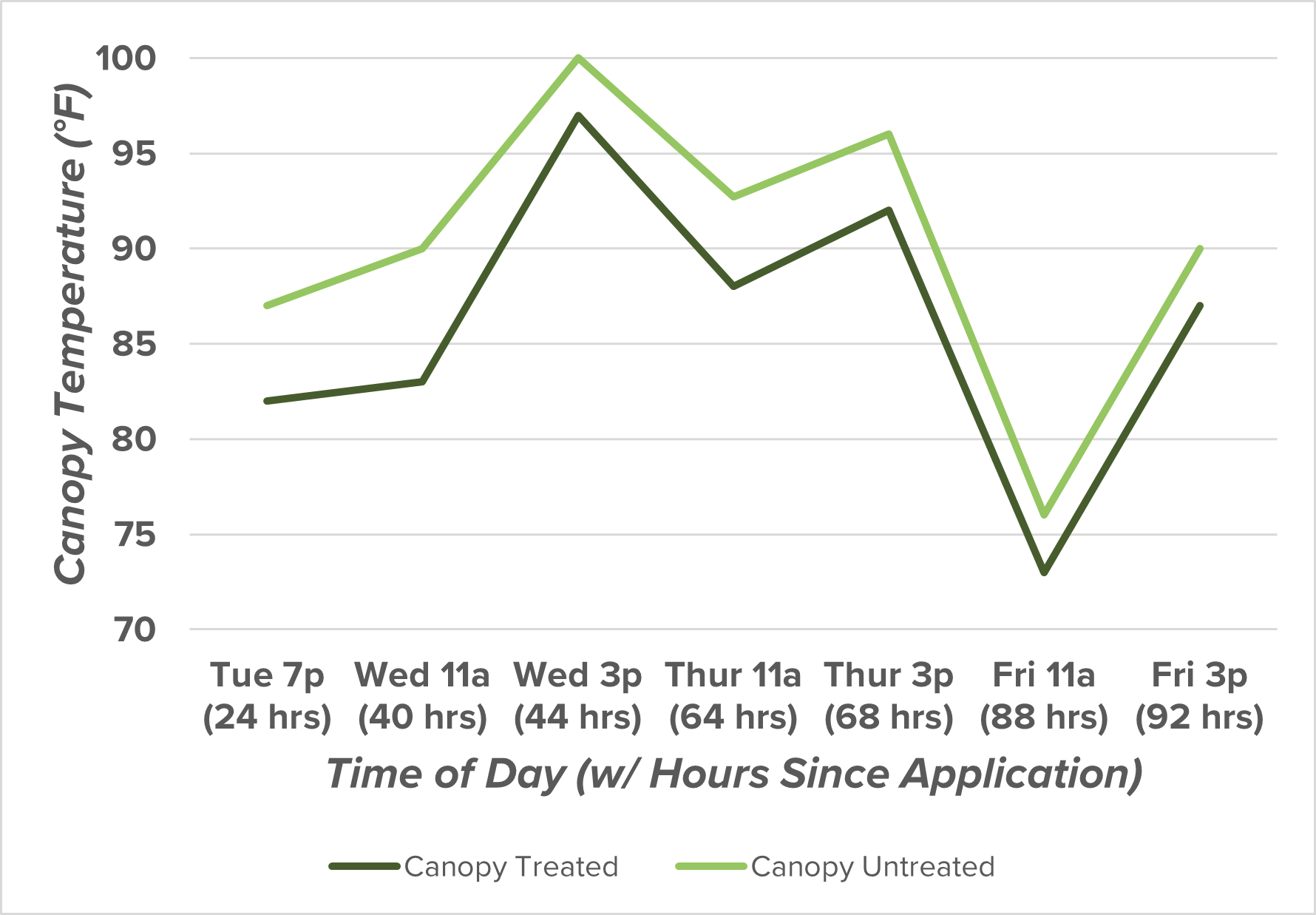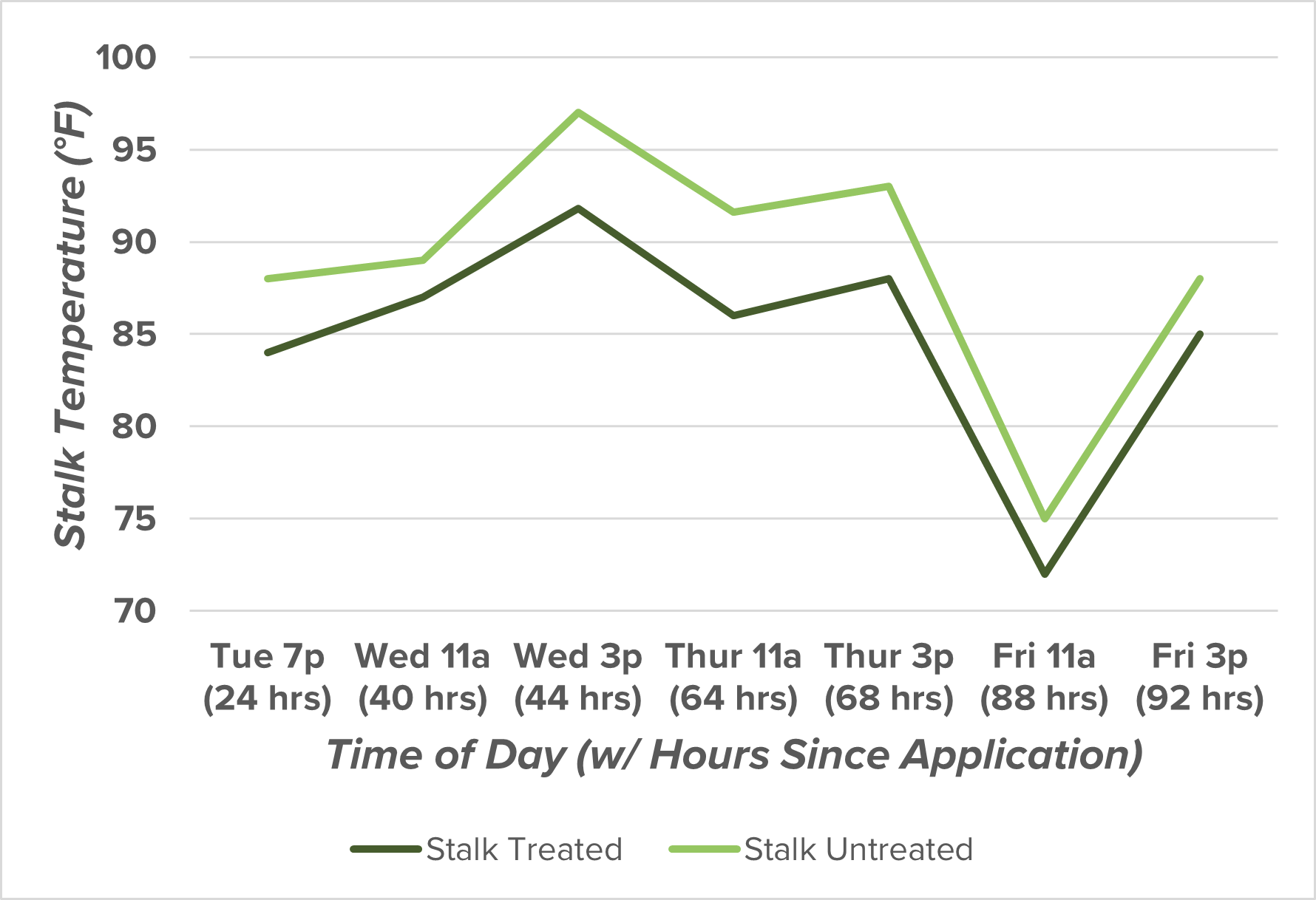

What feels like a never-ending battle with Mother Nature continued into 2023, with many farmers experiencing yet another year of variable yields due to unpredictable weather conditions.
Fortunately, advancements of hybrids and varieties have allowed us to raise respectable yields with little rain, and we’re continuing to learn how to better manage crop stress with minimal expense and easy implementation into our cropping systems.
GETTING A PLANT OFF TO A FAST START
GETTING A PLANT OFF TO A FAST START
Whether you’re adding living microbes to your seed with treatments like Hefty Complete or into the seed box with a product like Nutri-Shield, quickly getting a crop of to a strong start is critical to early season success. Living microbes are needed to break minerals down into available nutrients. These microbes are naturally found in our soils, but not in high enough levels to be effective in cold soils early in the season.
By adding microbes to the seed, we can speed the overall amount of minerals broken down into a more plant-available form.
In a corn plant, the energy to produce the first three leaves comes primarily from the seed. Applying living microbes to the seed can help improve access to additional nutrition found in the soil. This leads to a significant advantage in emergence and gives plants a faster and healthier start compared to untreated seed.
HEFTY COMPLETE
When treated with Hefty Complete Corn Seed Treatment, corn seedlings come out of the ground roughly 10 to 15 growing degree units sooner than untreated plants.
NUTRI-SHIELD
If you don’t have seed pre-treated with Hefty Complete, Nutri-Shield gives you the flexibility to add a similar microbial package right into your seed boxes using talc as a delivery mechanism. The faster the plant comes out of the ground, the sooner treated plants can begin to capture sunlight and create their own energy rather than relying on stored energy from the seed. This quicker emergence also gives the crop more potential to extract nutrients from the soil, convert them to sugars and starches, and store them for later use. This early season establishment is the first step in minimizing stresses.
HERBICIDE RECOVERY
Herbicide timing is an opportunity where we know we can manage stresses with a Naturals product.
When applications of herbicides are made to kill weeds, tolerant crops stay alive, but that doesn’t mean their growth isn’t affected.
Take glyphosate for instance. Following an application, the herbicide still has to be compartmentalized by the tolerant crop before development can continue, requiring a tremendous amount of energy during critical times of vegetative growth. This process slows the plant down.
MEGAGRO
Adding products like MegaGro, which is patented as a glyphosate safener, will speed up how the plant deals with the herbicide, allowing the plant to return more quickly to using sugars and carbohydrates for vegetative and reproductive growth. Increasing plant efficiency with this process helps protect yield potential. More than 10 years of data shows a simple addition of MegaGro to Roundup applications regularly provides a 4:1 return on investment.
In 2023 alone, MegaGro was used on more than 1 million acres across the country.
COOLING DOWN THE CROP CANOPY
This year, farmers all over the United States saw record high temperatures at different points throughout the growing season. Hot temperatures during grain fill are typically the biggest source of plant stress that will negatively affect yield, increasing incidence of tip back in corn and reducing the overall size of each kernel.
HEAT SHIELD
We know cool nights help add yield, but what happens when we can affect the daytime temperature in the canopy? In our testing with late-season applications of Heat Shield, we were able to lower the canopy and stalk temperature by 3 to 5 degrees, and for the past five seasons we’ve been documenting that cooler canopies in corn leads to consistent yield gains.
The trial data to the right shows how effective a late-season foliar application of Heat Shield is at reducing both stalk and canopy temperatures. Within just 24 hours, significant temperature differences were documented, further proving out how a living organism can help keep plants cool. We’re continuing our research into reducing canopy temperature because overcoming this hurdle with biology creates huge potential for greater yields.
Each year, we learn more about how Naturals products can play a role in mitigating stress at these three key timings, and the more we’re able to minimize the effects of stress during these critical times, the more yield potential we’ll be able to recover. Making crops more tolerant to variable conditions is a growing area of research in the industry and will be paramount in how we continue to add ROI to our bottom lines.


